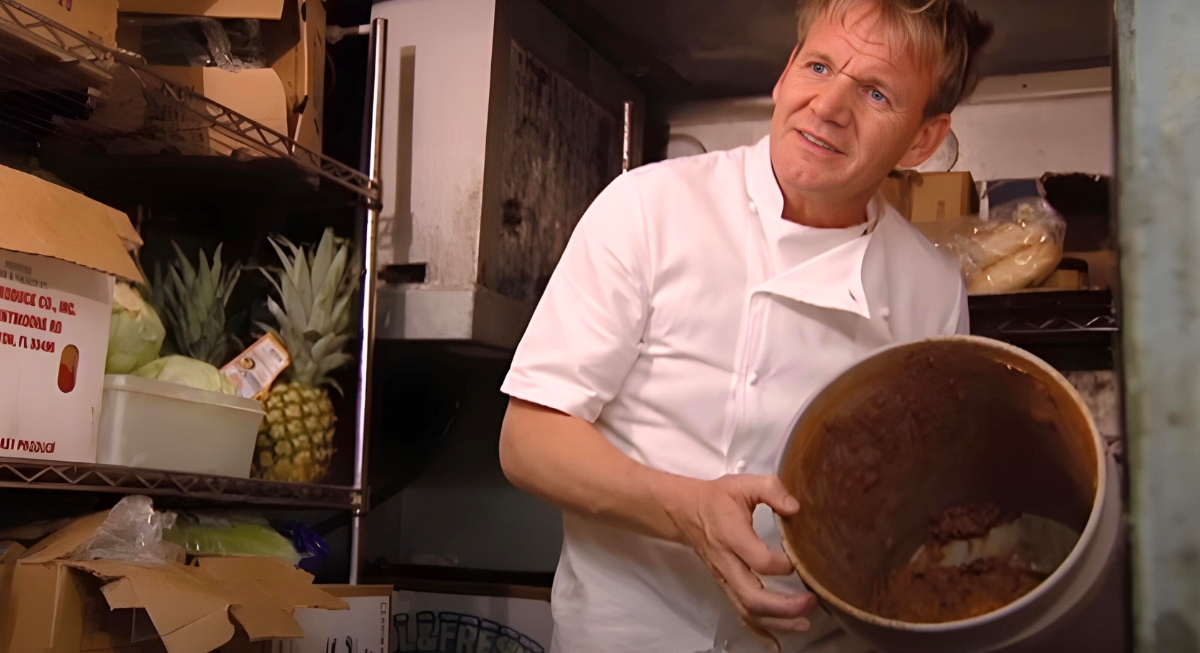Fast food runs on consistency—same taste, look, and quick service. However, with Robert F. Kennedy Jr. pushing for stricter rules on artificial additives, that predictable bite might soon change. These 15 familiar fast-food items could vanish, or at least look very different, if those policies take hold.
Mozzarella Sticks

Credit: Getty Images
That satisfying cheese pull owes a lot to additives that help the breading cling and crisp just right. Most versions are pre-frozen, packed with stabilizers and preservatives to maintain texture during deep frying. Under Kennedy’s proposed changes, those convenience ingredients would be under fire.
Sugary Coffee Drinks

Credit: pexels
All those pastel-colored lattes and dessert-in-a-cup creations rely on more chemistry than coffee. Syrups loaded with high-fructose corn syrup, synthetic flavors, and preservatives help them stay shelf-stable and sweet for weeks. If artificial ingredients get axed, your morning treat could turn blander and cost more.
Cheeseburgers
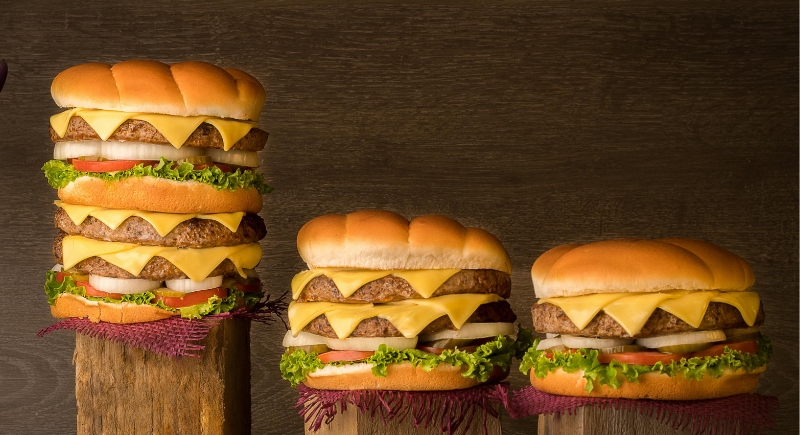
Credit: pexels
The cheese slice that melts so well is a processed blend made to behave under pressure. Natural cheese doesn’t cooperate under heat lamps. Fast food might have to swap in the real deal, which sounds appealing until it starts sliding off your burger in a greasy puddle.
Nacho Cheese Sauce

Credit: Getty Images
The nuclear-orange cheese drizzled on fries and chips owes its look and smooth texture to emulsifiers and food dyes like Yellow 5. Strip those out, and you're left with a beige and gloopy sauce. It’s edible, sure, but not exactly what fans are used to dunking into.
Chicken Tenders

Credit: Getty Images
Kids love them, and adults order them more often than they admit. But chicken tenders are usually pre-breaded, frozen, and stabilized with TBHQ to extend shelf life and preserve crunch. Restaurants may have to start breading tenders fresh every day, which would take time and drive up costs.
French Fries
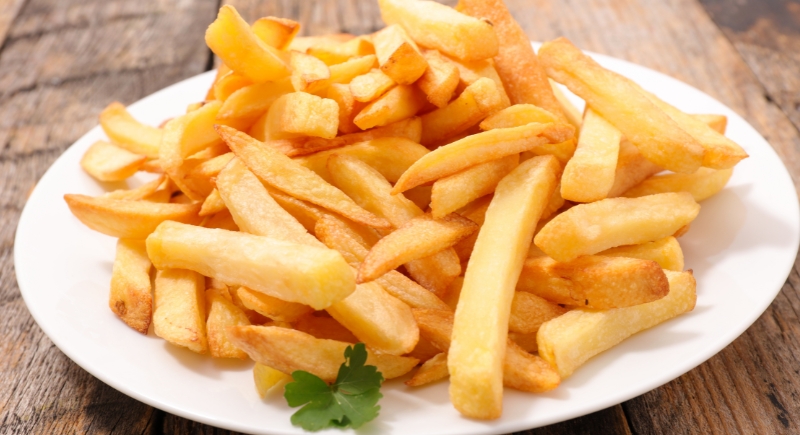
Credit: Getty Images
There’s a reason drive-thru fries stay crispy even after sitting in a bag. Dextrose helps with color, and anti-foaming agents keep the oil in check during mass frying. Without those, fries would need to be sliced and cooked on-site.
Milkshakes
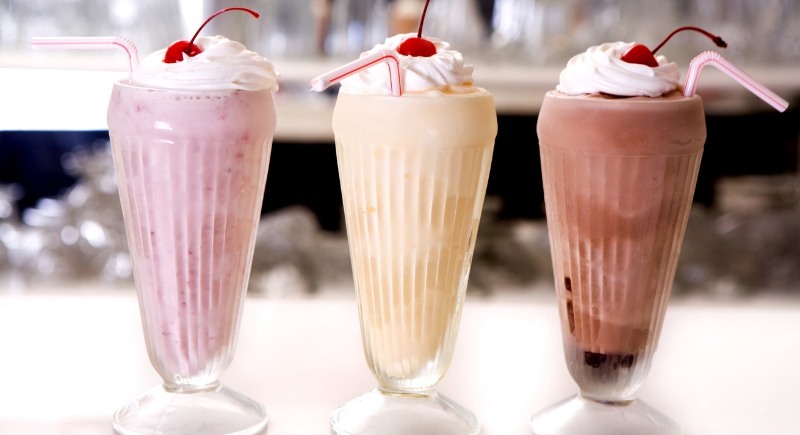
Credit: Getty Images
Milkshakes are flavored with artificial vanilla and stabilized to stay firm during storage, which is why they could be on the chopping block. Removing processed ingredients might force restaurants to serve thinner, more melt-prone shakes.
Barbecue Bacon Cheeseburgers

Credit: Getty Images
This burger is stacked with sauce, bacon, and melted cheese; basically a trifecta of processed hits. The barbecue sauce alone includes dyes and high-fructose sweeteners, while the bacon relies on curing agents that might not survive under cleaner-label scrutiny. A healthier version might lose its smoky-sweet punch entirely.
Chicken Sandwiches

Credit: Getty Images
The juicy chicken breast in your favorite sandwich might be marinated in MSG to boost flavor and packed with softening agents like DATEM in the bun. While the FDA still considers MSG safe, it’s often a target in clean-eating movements.
Roast Beef Sandwiches
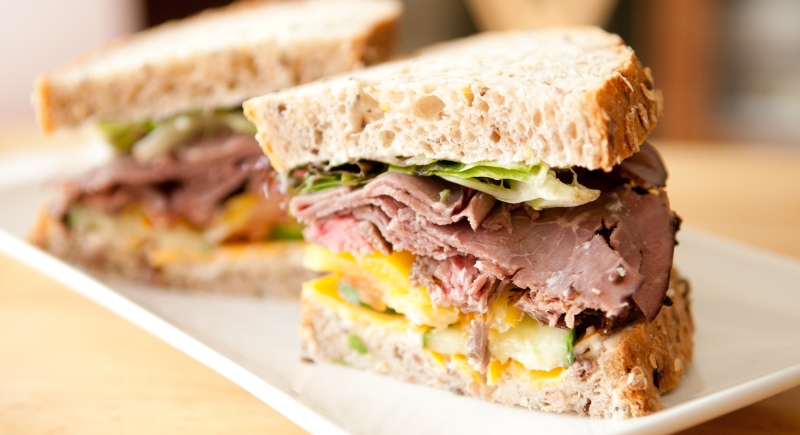
Credit: pexels
It looks freshly sliced, but tender roast beef is often soaked in solutions to keep it pink and juicy. Without potassium lactate and other helpers, it might turn gray and lose moisture fast. Serving it fresh is possible—but not without sacrificing the thin, deli-style texture people love.
Frozen Margaritas and Slushy Cocktails
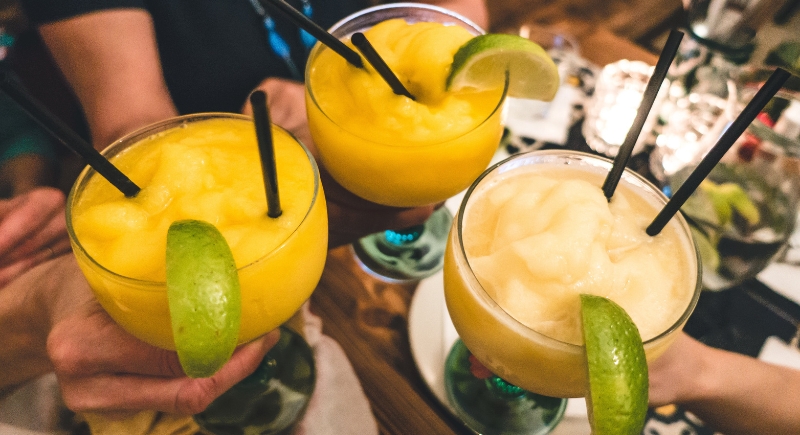
Credit: Canva
Many bar-friendly frozen cocktails get bright hues and a sweet kick from pre-mixed syrups full of artificial dyes and preservatives. Kennedy has voiced opposition to both. If bans go into effect, bartenders may be forced to use real juice, fresh ingredients, and no added colors.
Macaroni and Cheese
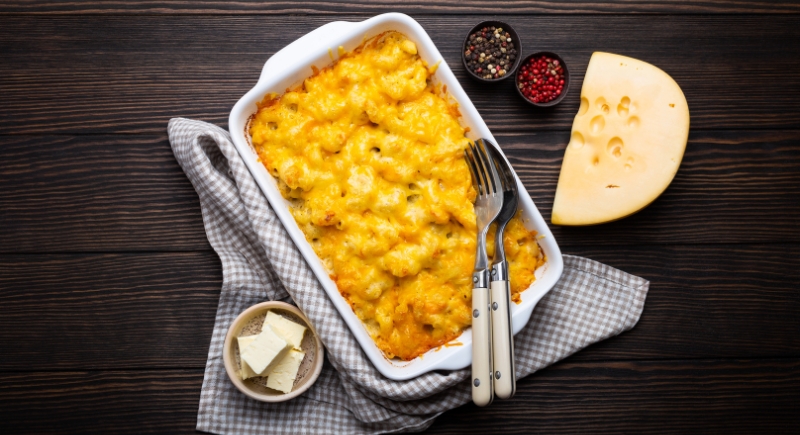
Credit: Canva
Fast-food mac and cheese is all about creamy texture and that familiar yellow-orange hue. But both depend heavily on emulsifiers, artificial flavoring, and modified starches. If they’re off the menu, what’s left could be clumpier, less predictable, and more expensive to make daily. The boxed-style magic just wouldn’t hold up.
Breakfast Sandwiches

Credit: Getty Images
The microwave-ready eggs and ultra-melty cheese slices in breakfast sandwiches often rely on emulsifiers, stabilizers, and pre-cooked proteins loaded with preservatives. The switch, freshly prepared eggs and meats, could increase wait times and limit the restaurant’s ability to serve breakfast all day.
Deep-Dish Pizza
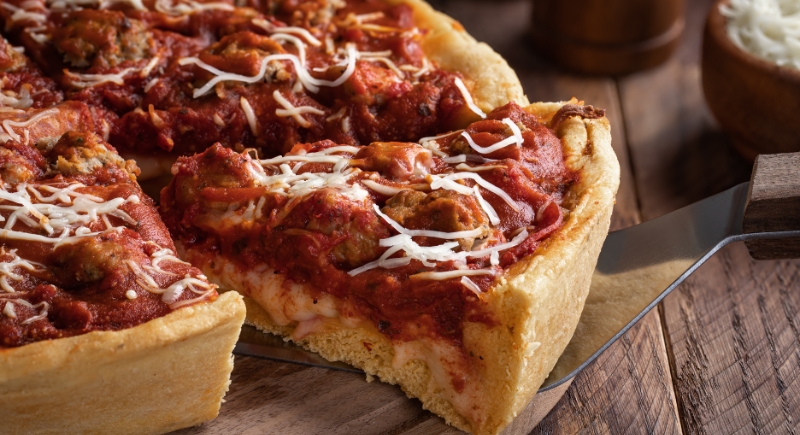
Credit: Getty Images
It takes more than flour and water to keep deep-dish dough consistent in a commercial kitchen. Dough conditioners ensure it rises evenly and stays soft after freezing. On the flip side, daily dough prep and unpredictable results are likely too much of a hassle for most chains.
Tiramisu and Creamy Desserts
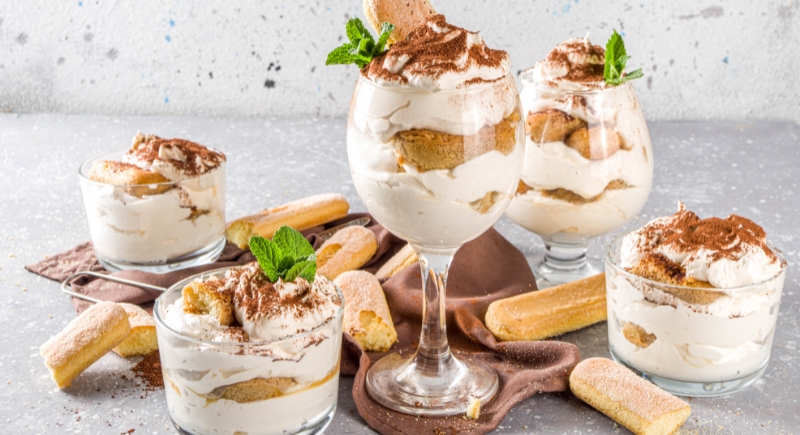
Credit: Canva
Fast food doesn’t usually bake its cakes. Whipped toppings and cream fillings are pre-mixed with stabilizers to hold their shape and taste. Kennedy’s rules could send those whipped tubs packing and make it challenging to keep desserts like tiramisu on the menu without switching to real cream.



